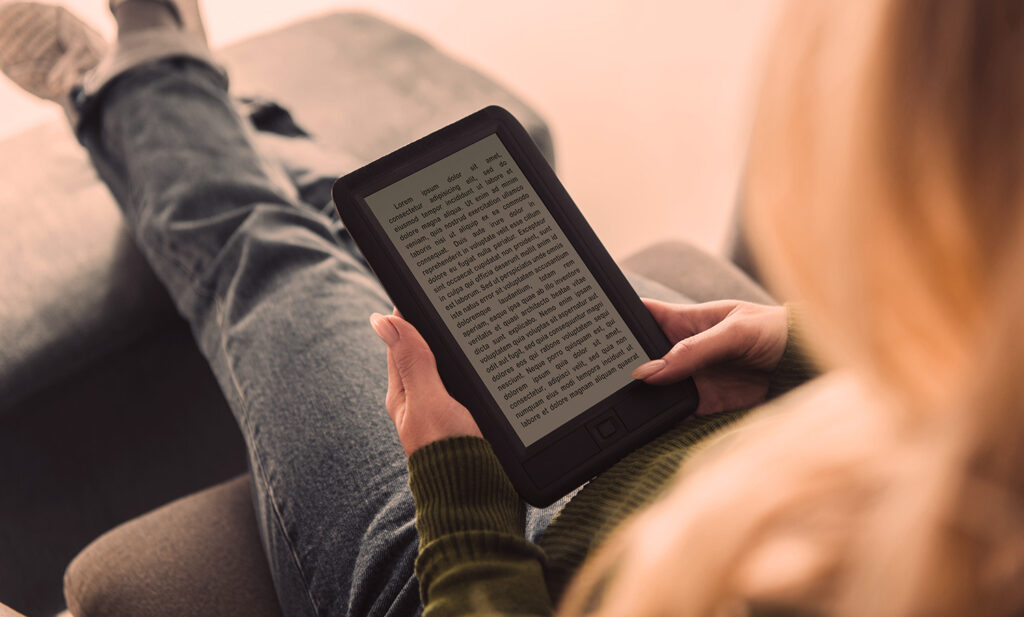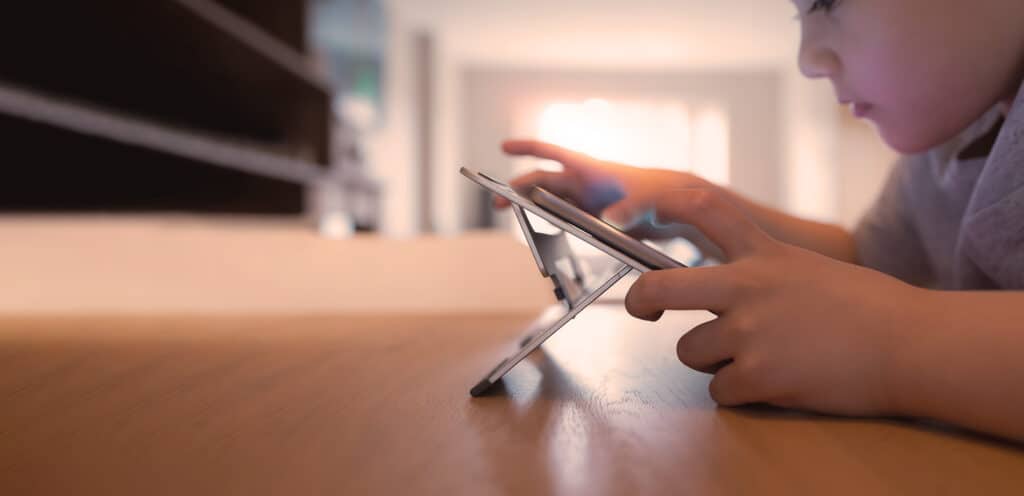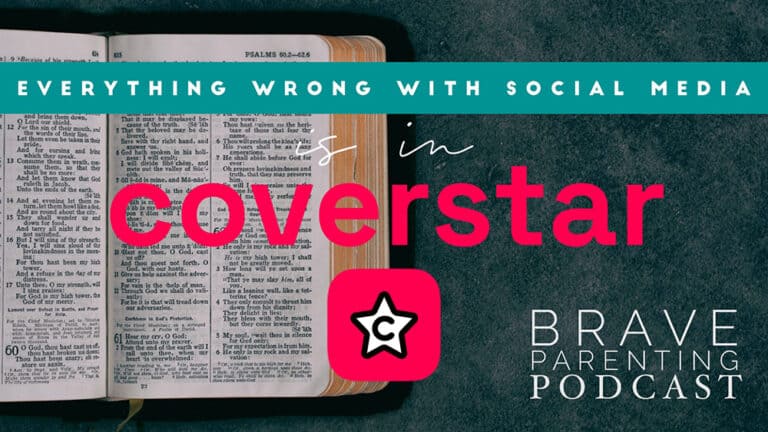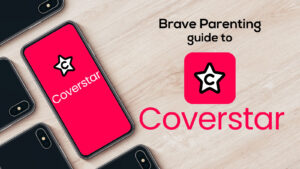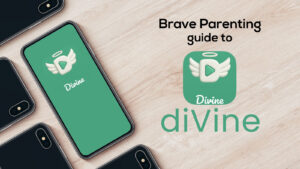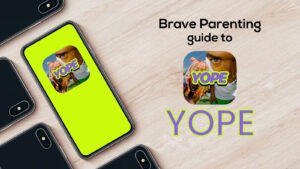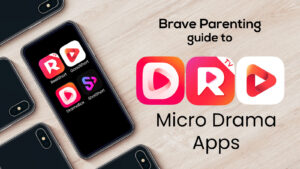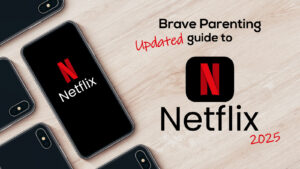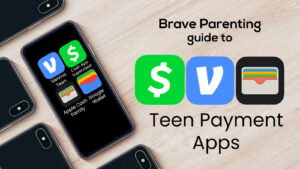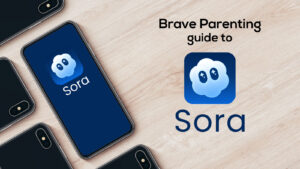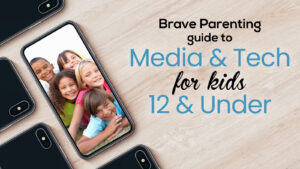Is any reading better than no reading?
Reading is always good, but how children read matters greatly. Reading isn’t only about ingesting a story but also about forming character, focus, and thought.
There are compelling reasons to reject technological optimism that promotes reading on digital devices rather than paper books. Nevertheless, because many options exist for parents to choose from, we have provided a comparison of the pros and cons to aid parents.
PAPER BOOKS
Pros:
- No distractions or notifications
- Tactile, physical engagement with a book enhances memory, focus, and satisfaction
- Supports deep attention and imagination
- Encourages parent-child read-aloud time
- Exposes and enhances vocabulary
- Personalized pace
- Ability to highlight/annotate
Cons:
- Less portable
- Cost and access
Notable Research:
- Children with learning disabilities have six to eight times greater reading comprehension with paper books than reading on a screen. (source)
What children say:
“I like how it feels to close a book when I have finished reading it and that I can see where my book mark is from the top of the book to see how much I have already read and how much I have left.” –12-year-old boy
eREADERS (KINDLE, KOBO)
Pros:
- Lightweight and portable
- Cost can be less; public libraries offer digital copies to borrow
- e-Ink is easy on the eyes, mimicking paper
- No distractions or notifications (as long as it’s not a Kindle with apps/browser)
- Built-in dictionary tools for vocabulary development
- Ability to digitally highlight/annotate
Cons:
- It’s still a screen that may subtly reinforce screen dependence
- Less sensory and tactile engagement
- Parents are less likely to know what books children are reading
Notable Research:
- Reading behavior on e-ink displays is very similar to the reading behavior on print. (source)
What children say:
“I use Kindle books for school because it makes bookmarks and highlights easier to find than paper books. The dictionary tool is super helpful for writing papers.” –15-year-old girl
READING APPS (KINDLE, LIBBY, EPIC, VOOKS, READABILITY)
Pros:
- Vast library of instantly accessible books
- Portable
- Often includes interactive features and audio narration
Cons: (specifically of those marketed for children)
- Highly stimulating (animations, voices, interactivity, and gamification)
- Rewards and streaks establish extrinsic motivation to read
- Easy distractibility with the temptation to switch to another app on the device
- Trains kids to expect entertainment in reading rather than contemplation
- Does not encourage imagination (visuals provided)
- Blue light/backlit screen is harmful to eye health and sleep
- Discourages parent involvement (read aloud)
Notable Research:
- There is mixed evidence that educational apps improve student outcomes. Although there is some evidence that educational apps can improve early-grade math skills and confer some advantage to preschool-aged children more than grade school-aged children. (source)
What children say:
“I tried reading a book on a tablet once but found it too distracting.” –12-year-old girl
Brave Parenting Analysis & Recommendation
According to Pew Research, paper books are the preferred format of reading for American adults. Among Gen Z (born 1997-2014), 68% prefer paper books to eBooks. It’s easy to assume that the first generation to grow up with digital technology might prefer to read books on their phones, tablets, or computers. However, children who learn how to read with paper books and continue reading them through grade and high school become young adults who still prefer paper books.
Paper books are the obvious first-place winner for children’s reading. Especially in an age when educational and entertaining screen time continues to rise, reading a paper book is one of the most enriching activities children can do. It is the building block of all future learning and can become a healthy source of entertainment and escape from stress.
eBooks are a fair alternative to paper books in terms of fluency, vocabulary, comprehension, and focus. Most children, however, reject e-readers because they lack tactile engagement (feeling the pages turn, seeing the bookmark advance, etc.). We do not recommend an e-reader until around age 11-12, and only if the child sincerely desires to try it for accessibility or portability reasons. Even then, supervision will be necessary to ensure the child is reading appropriate books. Continue to encourage paper books and reserve the e-reader for only when necessary.
are a fair alternative to paper books in terms of fluency, vocabulary, comprehension, and focus. Most children, however, reject e-readers because they lack tactile engagement (feeling the pages turn, seeing the bookmark advance, etc.). We do not recommend an e-reader until around age 11-12, and only if the child sincerely desires to try it for accessibility or portability reasons. Even then, supervision will be necessary to ensure the child is reading appropriate books. Continue to encourage paper books and reserve the e-reader for only when necessary.
Our greatest concern is reading apps on phones, tablets, and computers. Their classification as “Educational” deceives parents into allowing these apps to be used by very young people. Even with the basic options of the Kindle or Libby App used by older children, there remains a great risk of distractions and temptations on the device. Additionally, the screen’s blue light damages their eyes and sleep rhythms.
Most reading apps marketed to help children learn to read are nothing more than gateway apps to a life of endless entertainment. The stimulation, gamification, and reward loops condition a young child not to love reading but to love stimulating screen time. The AI-driven personalization caters to children’s interests, creating mini echo chambers of suggested content. (There is still value in picking a book you don’t like by the end of it.)
Furthermore, the proverbial phrase, “What you win them with is what you have to keep them with,” is ever so true here. If you get children to enjoy reading through fun and stimulating screen time, that will become the way they continue to read. Paper books will feel slow and dull. They will lack the focus and fortitude to finish without interactive engagement and stimulation.
Therefore, we do not recommend or endorse any reading apps, especially for children, but also for adults.
Check out our friends at Mud Hen Mama to shop for books that are pre-vetted to support and enrich the Christian worldview.



